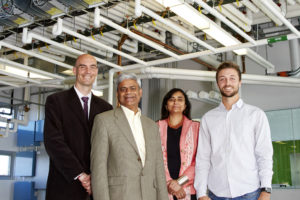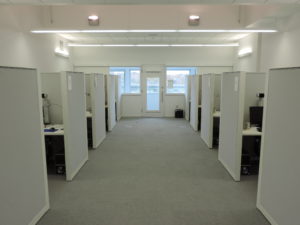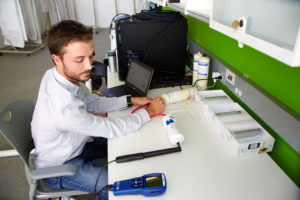The Syracuse Center of Excellence was recently featured in the May issue of the American Psychological Association as host of the original COGfx Study. The article — “Healthy buildings, productive people” — provides a summary of a variety of additional studies underway akin to that of “buildingnomics,” the latest report published by Joseph Allen and Piers MacNaughton from Harvard University’s T.H. Chan School of Public Health in collaboration with Usha Satish, a psychologist from SUNY Upstate Medical University.
The Well Living Lab in Minnesota and Hillman Hall at Washington University in Missouri both captured similar results to COGfx: that buildings do, in fact, have an impact on people’s behavior.
For the American Psychological Association, this is “big news.” The above research provides further evidence that the higher the indoor environmental air quality of a building, the better occupants will feel and function. And although we spend most of our time indoors, not a lot of attention has been given to monitoring those spaces. It’s why the research performed in SyracuseCoE’s Willis H. Carrier Total Indoor Environmental Quality (TIEQ) lab is so important.
The piece also highlights the fact that this type of work isn’t restricted to just engineers or architects, but also requires input from health-care practitioners and psychologists. Additionally, it’s equally important to realize that green buildings shouldn’t be reserved for our office spaces alone — the same strategies can also be applied to all buildings, like our homes, retail stores and restaurants.
These strategies include the following:
-
Bigger windows for more natural light
-
Controllable lighting features
-
Reduction of volatile organic compounds (VOCs) and carbon dioxide
-
Increased ventilation, lower humidity levels
-
Increased water quality
-
Promotion of physical activity
Going forward, the Well Living Lab researchers will be exploring “how various lighting conditions affect cognition, productivity and life outside the lab, including sleep.” Their research, combined with the COGfx studies and the research completed at Washington University, will most likely be used to better inform architects on how to design optimal work and living spaces, as cognitive psychologist Anja Jamrozik is quoted saying in the article.



